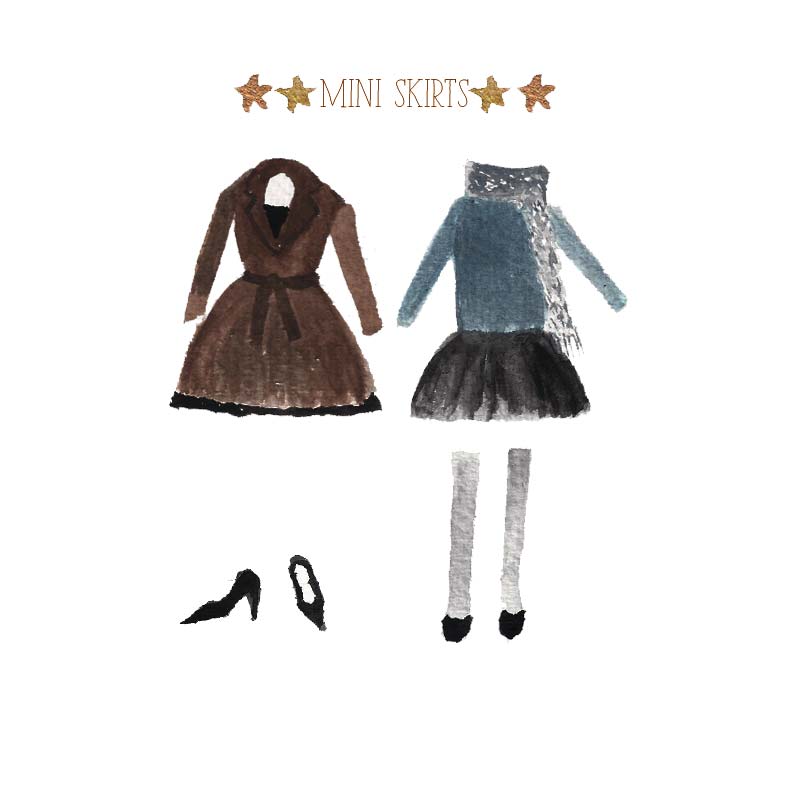So, I have a lot of Japanese pattern books. A lot. Today, I thought it might be fun to show you my library of beloved kids' pattern books (I also have a lot of pattern books for grown-ups...an intervention may be in order). I've gotten quite a few requests for recommendations, and though I can't claim to be any sort of expert, I have sewn a fair amount from most of these and have my faves (which I've shared with you at the very bottom). I plan on doing a more elaborate review that ... Read more
Archives for February 2013
Sewing Inspiration
I get inspiration for the clothes I sew for K all over the place: my Pinterest boards are out of control, I look through my Japanese pattern books all the time, and I seem to get about a dozen catalogs in the mail every week (Anthropologie, Mini Boden and JCrew get the most attention). And don't get me started on all the blogs! But I am most inspired by people I see in passing. I can barely remember what I cooked for dinner the night before, but I rarely forget outfits. I've ... Read more
Quinoa Salad
This past weekend I had a rare girl's night out and had an opportunity to sample the amazing food at Poppy, where they serve all their meals in "thali" form. The word means "plate" in Hindi, and is a style in which a variety of dishes are served at once, kind of like tapas. I got the vegetarian version, and the tiny ceramic plates and bowls made me coo with happiness because I'm all about mini things. Four hours and thirty delicious miniature dishes later (we each had 10), my friends and I ... Read more
Monday Outfit: Red Knit Henley + Wool Suspender Skirt
Good morning, friends! Did you watch the Oscars? I didn't, though I was rooting for Lincoln, which happens to be the only nominated movie that I've seen this past year. In a former life, I actually got paid to create "best-of" celebrity photo galleries for various award ceremonies (crazy, right?). The Teen's Choice Awards were always good for some eyebrow-raising outfits and the Oscars were eternally glamorous, but the Grammys were the best, especially when Lady Gaga was involved. I had ... Read more
Happy Friday + Bouquets for you
Happy Friday! I know they're silly, but I like writing haikus so they will be my little Friday ritual...you know how I cherish routines. I saw the white anemones at the grocery store (!) and they were so pretty I couldn't resist. These black-centered anemones are apparently popular wedding flowers, and I can see why. I am a big fan of chic and minimal. I noticed that I had an unwitting theme of multiple versions going on this week: two tunics and half-leggings, a cupcake-off, different ... Read more




